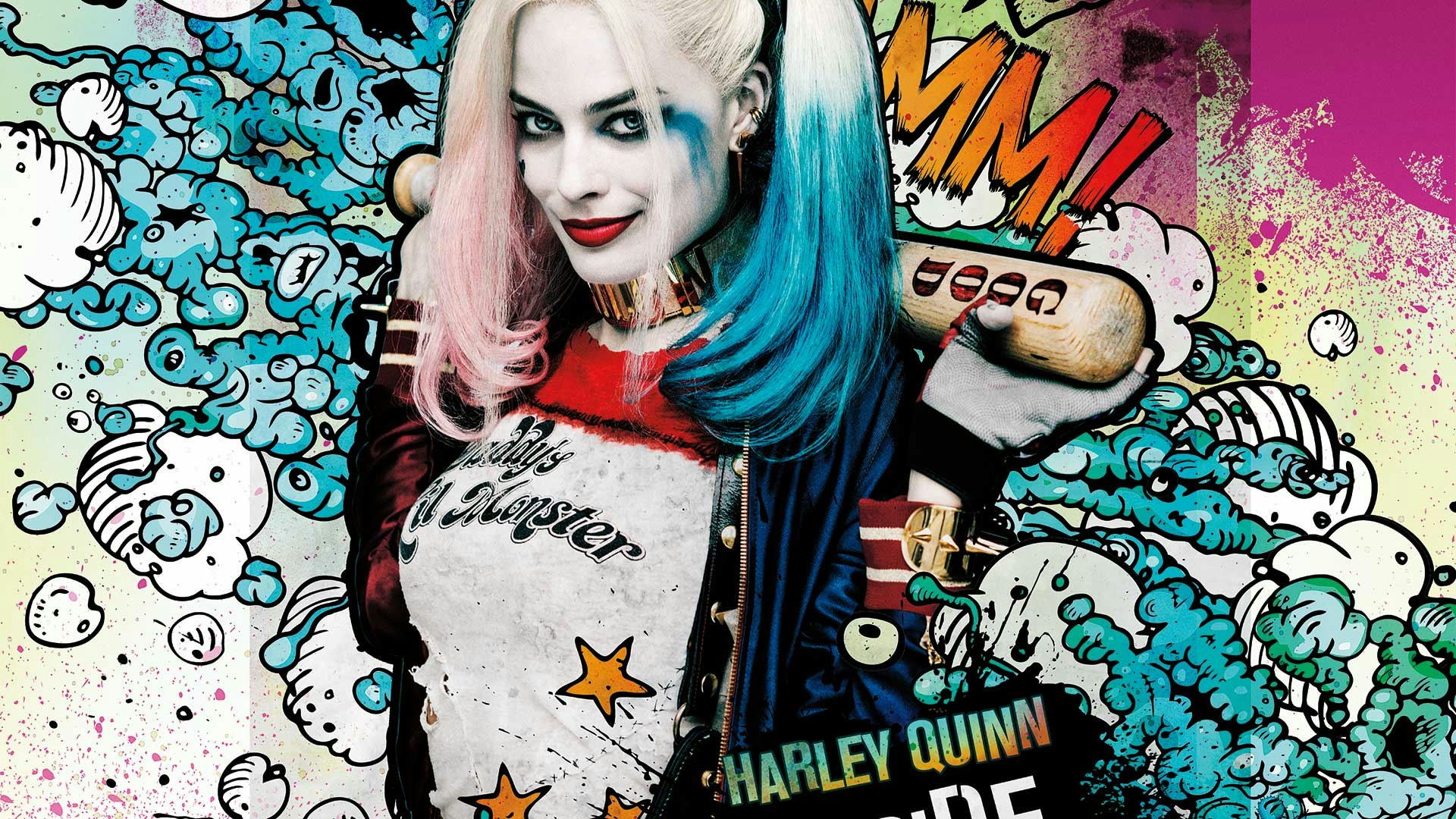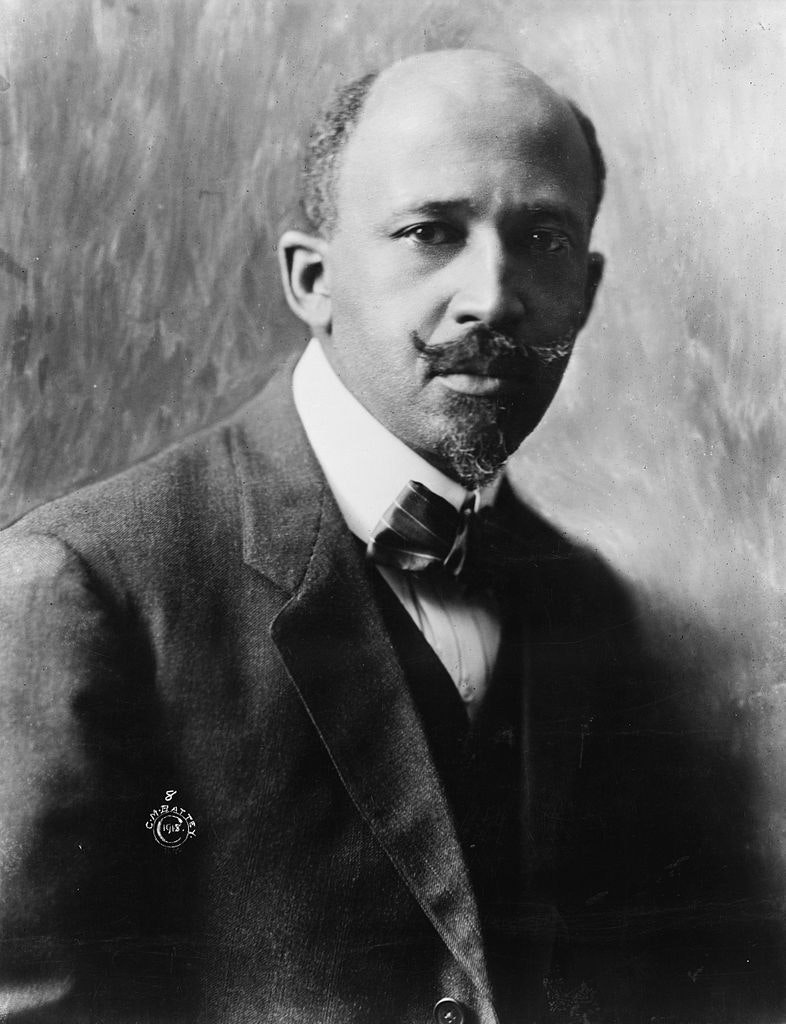MAGA Masculinity, Scary Clowns and the Souls of White Folk

In 2012 queer activist and writer Jack Halberstam called what was happening in the new space of appearance ‘Gaga feminism,’ a new dada for a time of permanent war and financial crisis. Gaga feminism today is confronted by MAGA masculinity. #MAGA is the acronym for Donald Trump’s slogan Make America Great Again, used widely across the internet. If Gaga has her ‘little monsters,’ as her fans call themselves, Trump has united the ‘deplorables,’ his fans who co-opt Hillary Clinton’s description of them.
MAGA masculinity is all about barriers and protection, especially The Wall, which is not so much physical as psychical. There already are hundreds of miles of what is euphemistically termed ‘fence’ at the US-Mexico border and more will serve no purpose. The psychic reinforcement of imagining a ‘beautiful’ (as Trump puts it) physical color line did not simply rally white men. It was designed to make being a white man ‘great again.’

The gendered (color) line is shifting, sometimes invisible. This instability is marked by a growing interchange between the space of representation and the space of appearance. Gaga feminism is all about fluidity of gender and other roles. Maggie Nelson’s transformative novel of gender fluidity The Argonauts (2015) is also a memoir, set in real places, and with an acknowledgement to Jack Halberstam. Compare it to Butler’s Gender Trouble (1990), the classic text of gender performance, and it seems like a new way to live and experience gender theory.
From a first report in South Carolina in August, there have now been sightings of the widely-reported clowns in 40 states, as well as in the UK, Germany and Australia. For all the moral panic, the result has been a mere 19 arrests, including one arrest for wearing a mask in a public place under old laws against highway robbery. These laws were last used against anarchists wearing V for Vendetta masks on Occupy marches.